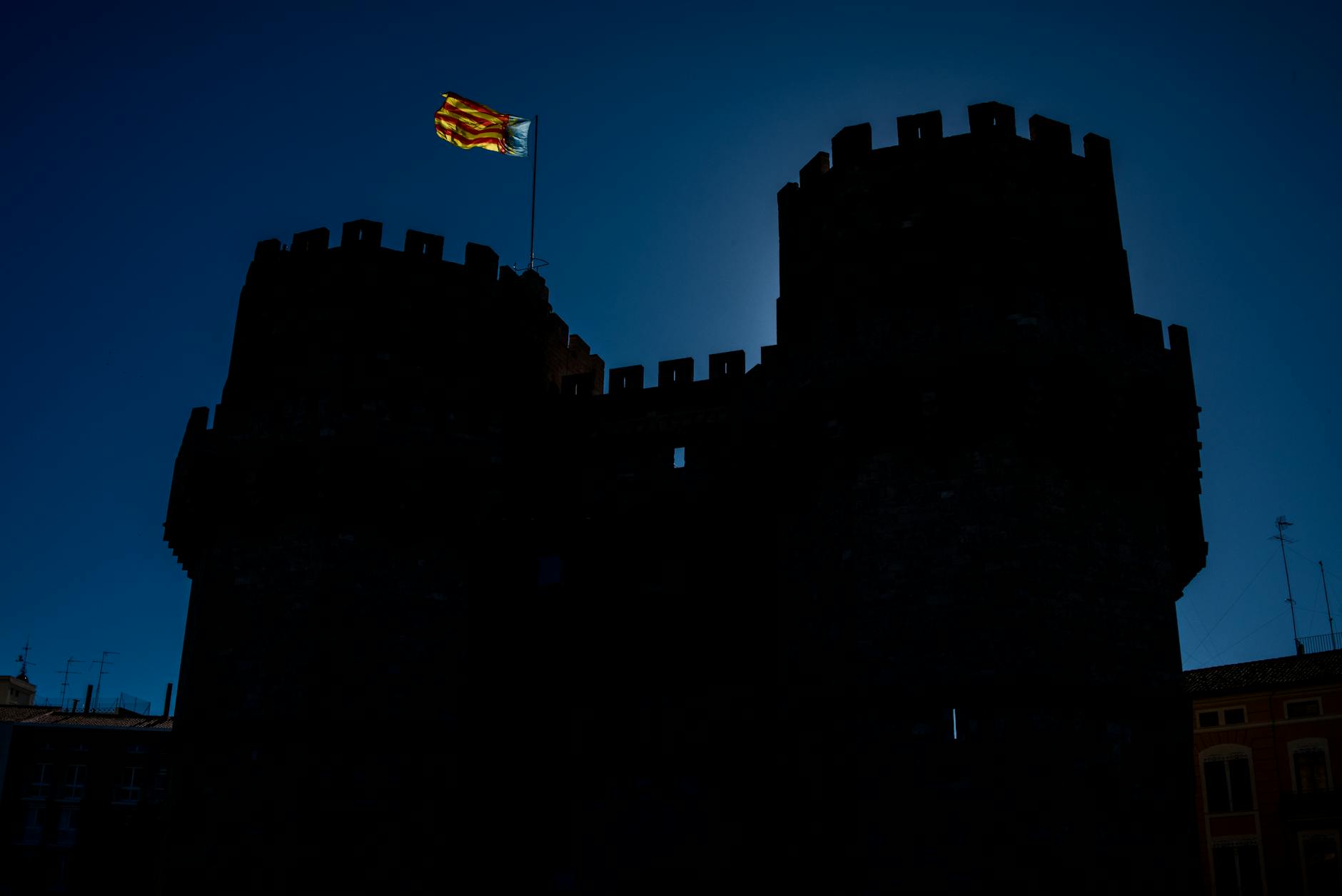La Cabalgata del Ninot: Public Art and Satire on the Streets of Valencia
The Parade of the Ninots is one of the first major events of the Fallas festival in Valencia—a vibrant carnival of music, public art, and biting satire. The parade playfully mocks politicians, celebrities, and current events, embodying the festival’s irreverent spirit. What is a Ninot? In Valenciano, ninot means “doll,” but during Fallas, it takes…


